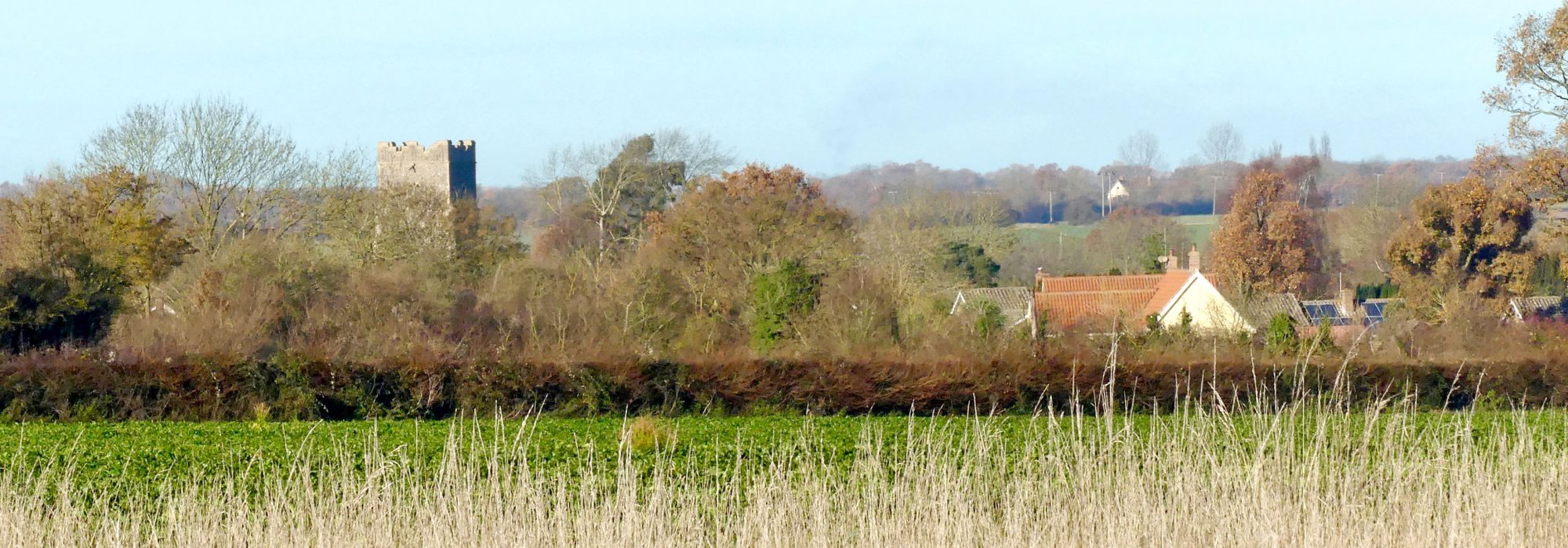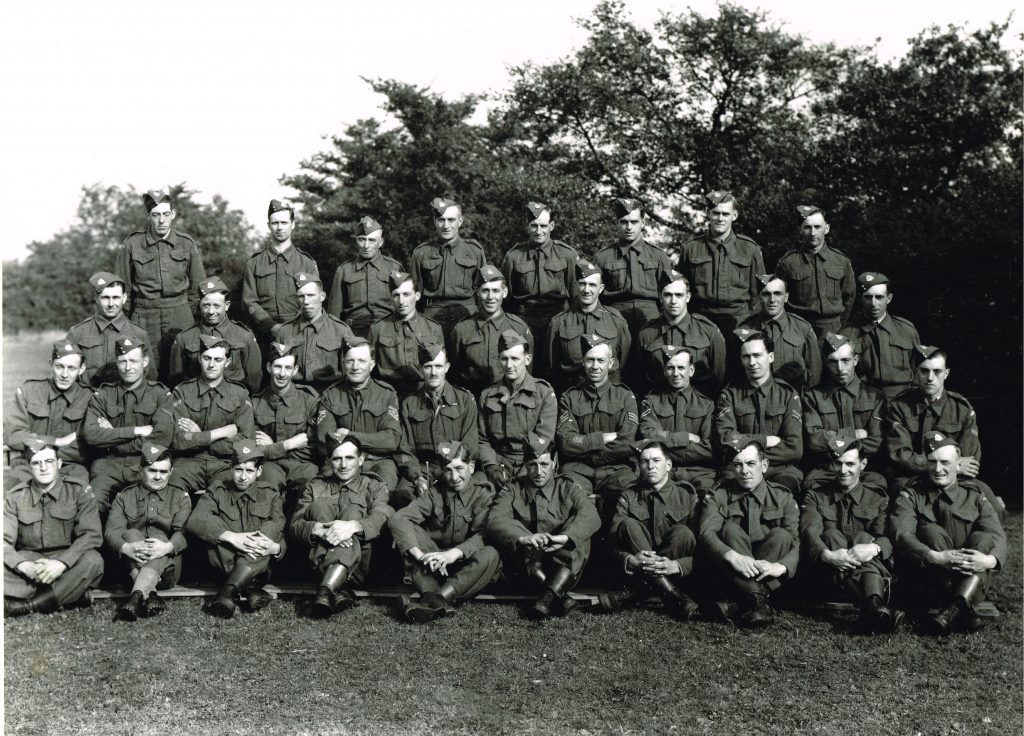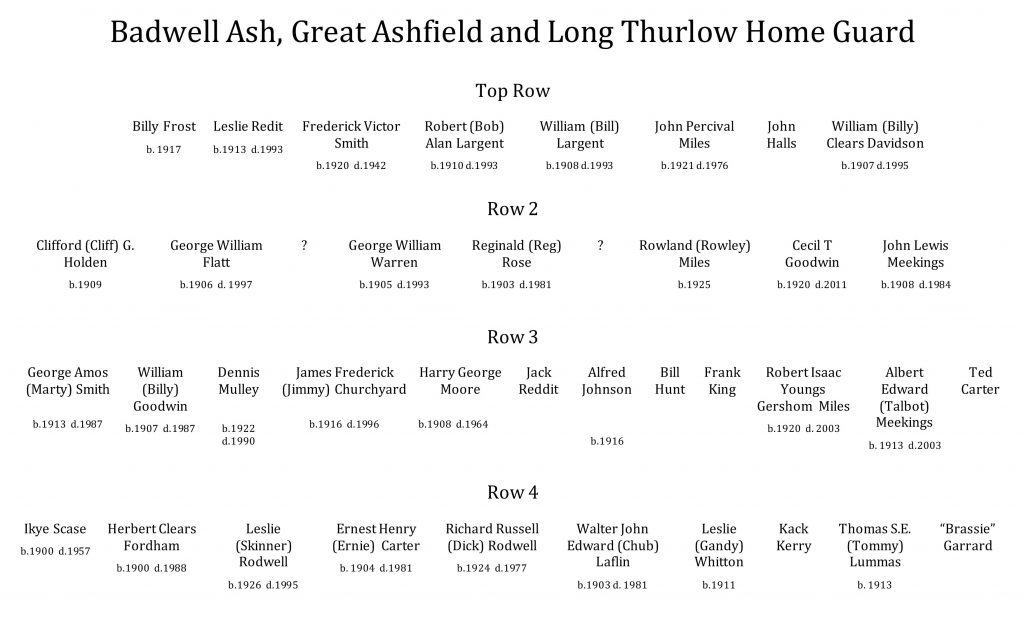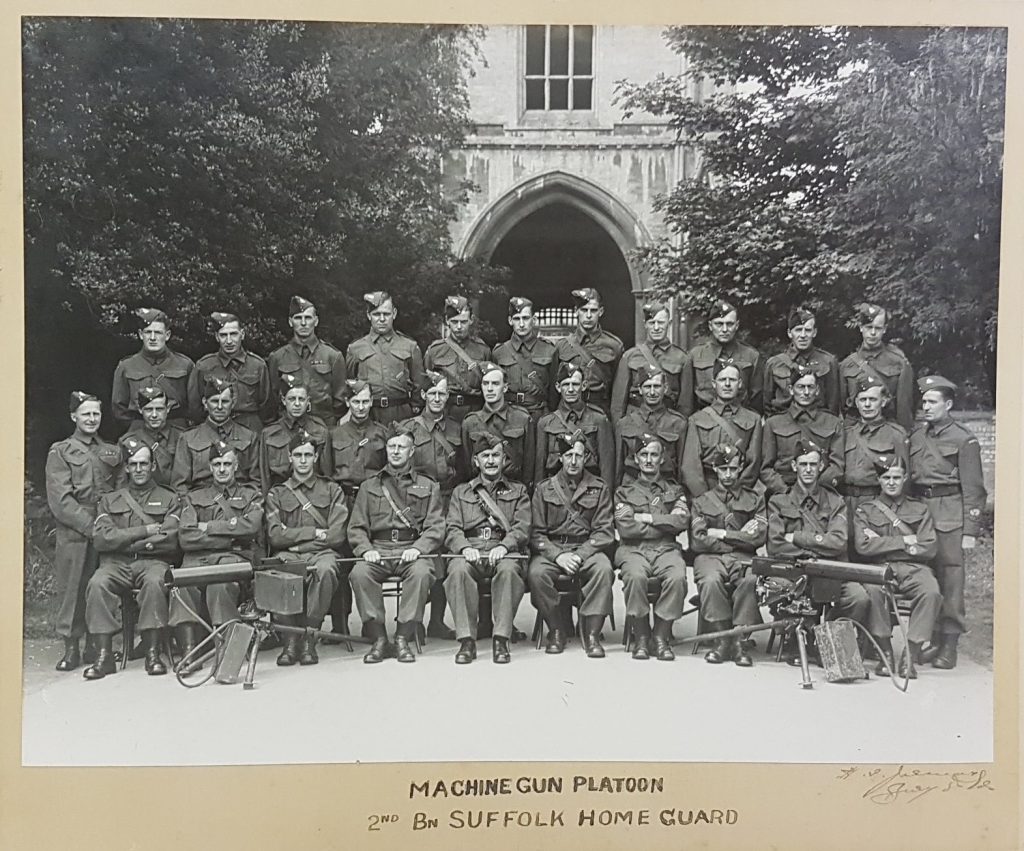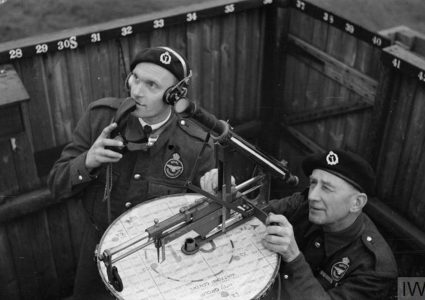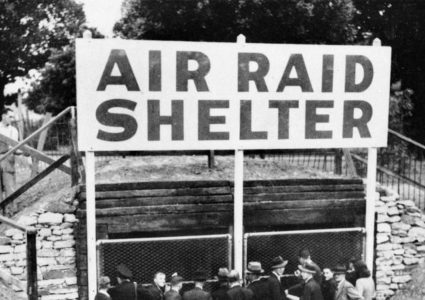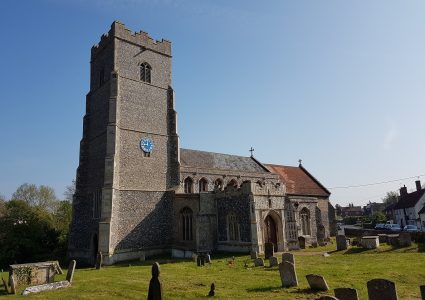The Badwell Ash, Long Thurlow and Great Ashfield Home Guard seen in the photograph were part of ‘C’ Company, 2nd Battalion Suffolk Home Guard.
The LDV was renamed the Home Guard in June 1940 at Winston Churchill’s suggestion, and, in August 1940, it was restructured to the County Regimental system similar to the Regular Army. It was soon realised that The Blackbourne area was too large for a single company so for ease of administration it was divided into three companies. What became ‘C’ Company, 2nd Battalion Suffolk Home Guard covered the parishes of: Ixworth, Ixworth Thorpe, Bardwell, Stanton, Walsham le Willows, Badwell Ash, Great Ashfield, Langham, Hunston, Stowlangtoft, Norton and Pakenham.
In Badwell Ash, it’s understood that the Home Guard “HQ” was in the entrance to the old gravel pit in Richer Road where Dovedale Close is now and that the southern end of the gravel pit was used as a firing range.
Lieutenant Gilbert Kilner who was a WW1 veteran, lived in Ixworth and ran the Ixworth Cider Factory was promoted to Major and became the commander of “C” Company 2nd Battalion from its HQ in Ixworth.
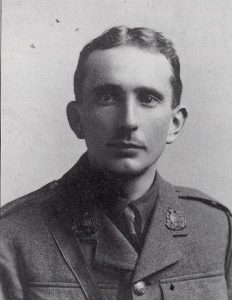
Commander of “C” Company 2nd Battalion Suffolk Home Guard.
The photograph of the members of The Badwell Ash, Long Thurlow and Great Ashfield Home Guard seems to have been taken during 1941 as one of the members is Frederick Smith (Top Row, 3rd from the left) who was killed in action during an anti-submarine patrol off the north-west of Scotland in November 1942.
As can be seen from the photograph, all the men are kitted out in standard Army battledress and the field service cap. This is obviously a distinct change from the early days of the LDV when uniforms were very few and far between.
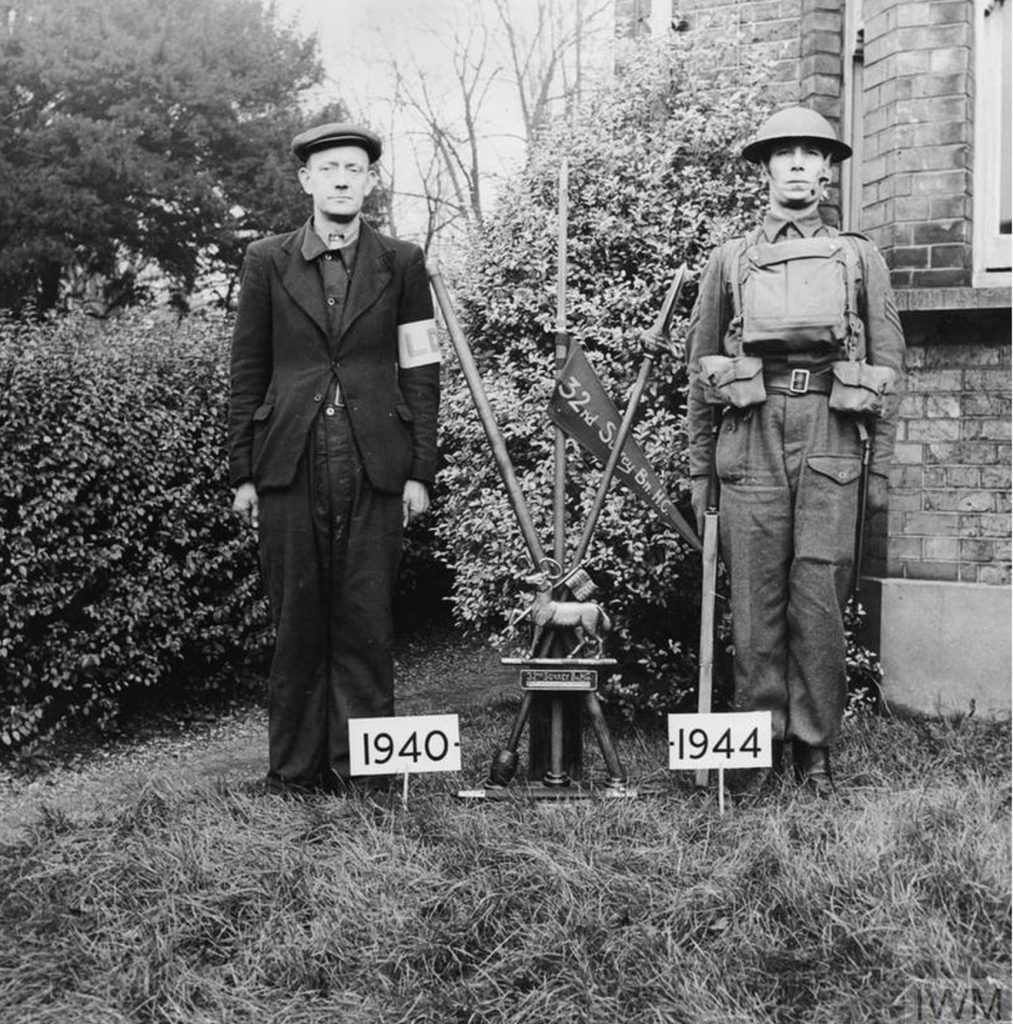
This photograph clearly shows the contrast between a 1940 Local Defence Volunteer and a member of the Home Guard in 1944.
Badwell was very close to one of the War Office defensive “Stop Lines” that were created in 1940/41 that ran along the A1088 between Elmswell and Ixworth. Although these defensive lines were intended to delay the enemy in times of invasion and were manned by the Regular Army, it’s possible that there were occasions when our Home Guard would have helped defend these positions. They would almost certainly have co-ordinated any exercises with the Army through the Home Guard HQ in Ixworth.
On the 1939 Register, several men from Badwell Ash and Long Thurlow are described as being in the Home Guard:
- Ernest Carter
- Victor Carter
- James Churchyard
- William Davidson
- Herbert Fordham
- Thomas Lummas
- William Frost
- William Goodwin
- Clifford Holden
- Edward Laflin
- Harry Moore
- Reginald RoseVictor Smith
Victor Carter, Edward Laflin and Victor Smith also served in the Air Raid Precautions (ARP).
About 1941, all the men of the Badwell Ash Home Guard had a photograph taken (click on images to enlarge).
We have managed to identify most of the men on the photograph. However, if you know any of the others, please let us know.
The 2nd Battalion Home Guard included a machine gun platoon based in Bury St. Edmunds which could be called upon to serve anywhere within the 2nd battalion’s area.
The adjoining village, Elmswell was home to ‘F’ Company of the 3rd Battalion Home Guard whilst Badwell, Great Ashfield and Long Thurlow were part of ‘C’ Company, 2nd Battalion Suffolk Home Guard. In 1941 the Elmswell Hone Guard had 63 men, 51 rifles, four automatic rifles and a Browning machine gun. It is safe to assume that the Badwell group were similarly equipped although there only seems to have been some 39 men. Elmswell was an important defensive position during the early days of the war being on what was known as one of the War Department’s “Stop Lines” – a defensive line intended to slow down or stop the enemy advance in the case of an invasion off the East Coast.
The Defence of England against Invasion – 1939/40
